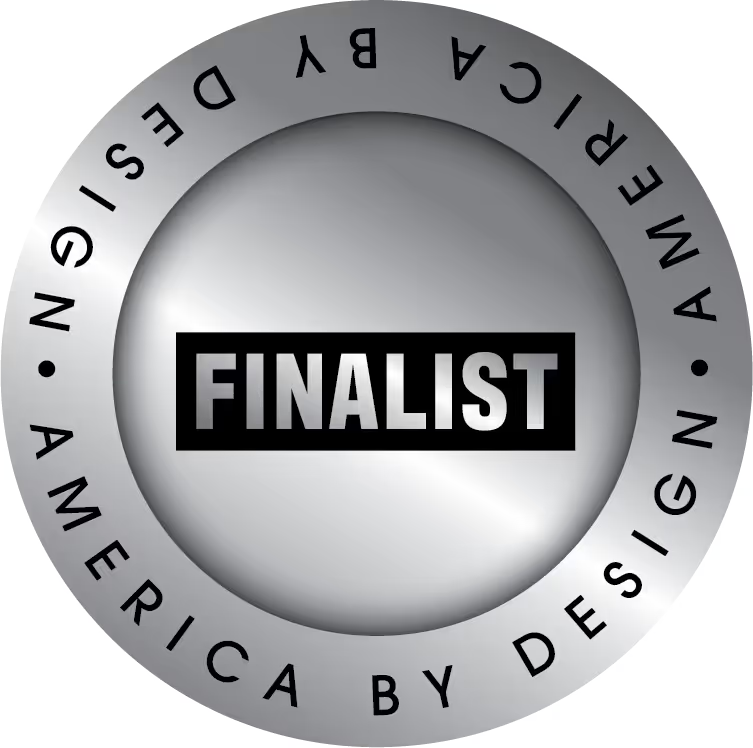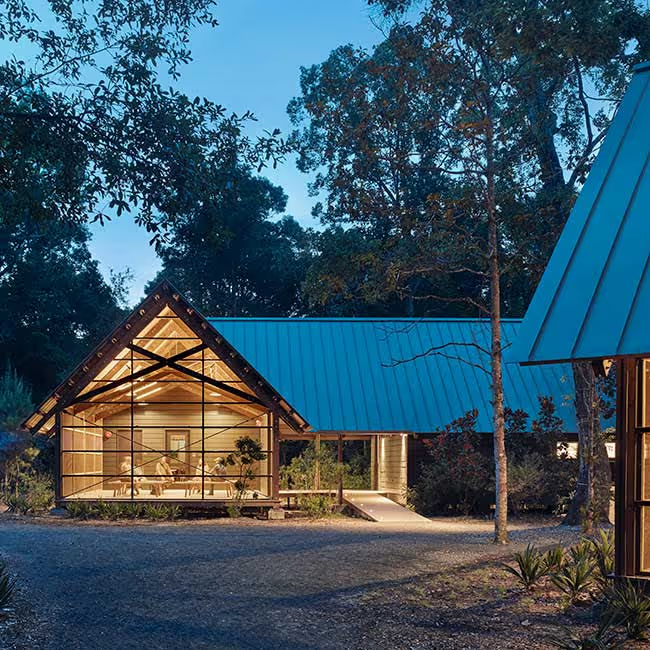Marine Educational Center






“All buildings eventually end up in the ocean.” —Chris Snyder, Marine Education Center Former Director
Heeding this advice, the team began to conceptualize the design for the Marine Education Center in Ocean Springs, Mississippi. The Marine Education Center (MEC) is the education and outreach arm of The University of Southern Mississippi’s Gulf Coast Research Laboratory. In 2005, the previous Center was destroyed by Hurricane Katrina. A second storm impacted the site during schematic design, and a third, Hurricane Nate, hit during construction. It was clear— the new facility would need to be resilient, sustainable, and durable.
The Center exemplifies sustainable coastal building techniques in harmony with the marine environment. The education facility includes outdoor classrooms, laboratories, administration offices, assembly spaces, exhibition areas, and a pedestrian suspension bridge where researchers have an unparalleled opportunity to learn about the ecologically critical bayou and tidal wetlands of Mississippi.
The team consulted with biologists and coastal ecologists to assess flora and fauna in three pre-determined zones, ultimately choosing the building zone with the least sensitive ecosystem, access to open water, and suitable building elevation to protect the buildings in the event of a natural disaster. The buildings were sited within the existing tree canopy, allowing the trees to serve as a natural wind buffer. Considering natural disasters and durability, the design focused on using and maintaining the land to serve as the first line of defense.
The team worked with the Resilient Design Institute to select low impact materials for the health of occupants and to avoid ocean contamination in the event of a natural disaster. White oak was used primarily on the interiors for millwork and accent paneling, and southern yellow pine was chosen for primary structures. Given its prevalence as a local Mississippi commodity, any future repairs can be quickly and easily accommodated.
The design team’s energy approach was to first find as many passive solutions as possible. Natural cooling is maximized through building orientation, ventilation, trees, and other landscape solutions. A red/green light system encourages users to utilize operable windows when outdoor conditions are favorable. A solar thermal system provides hot water to the building.
The Marine Education Center endeavors to enlighten the citizenry to produce a cadre of well-informed and knowledgeable stewards of our coastal ecosystems. Throughout the 100-acre site, visitors can learn about the local marine environment through an immersive experience in the Center’s coastal setting. Providing access and to the water was critical. The screened porch pavilion provides a starting point for the Center’s Bayou tours and waterfront educational activities. The Center’s main building includes an exhibit gallery which reinforces the Center’s educational and outreach mission.
The MEC supports the comfort, health, and wellness of users through biophilia and connections to the outdoors. The screened porches adjacent to each classroom maintain a local design sensibility while providing additional outdoor teaching space fundamental to the Center’s educational mission. The main campus buildings were designed around a central courtyard, which serves as an outdoor classroom and informal gathering space.









